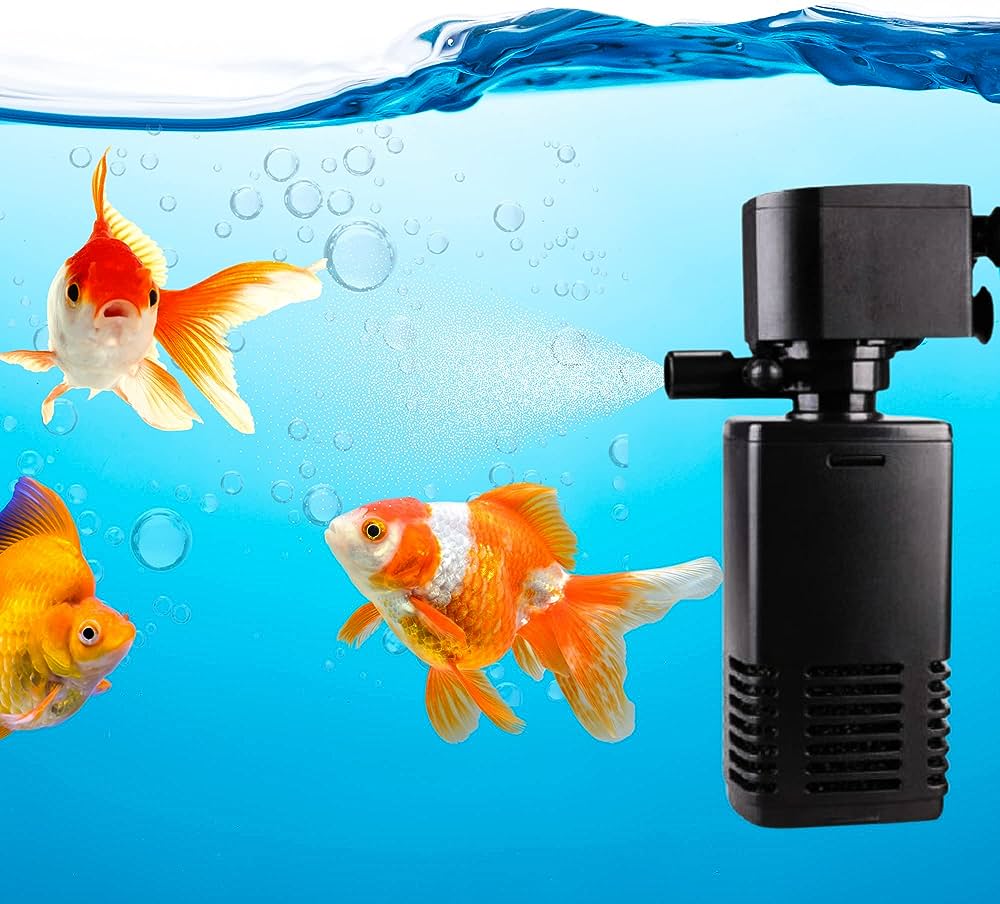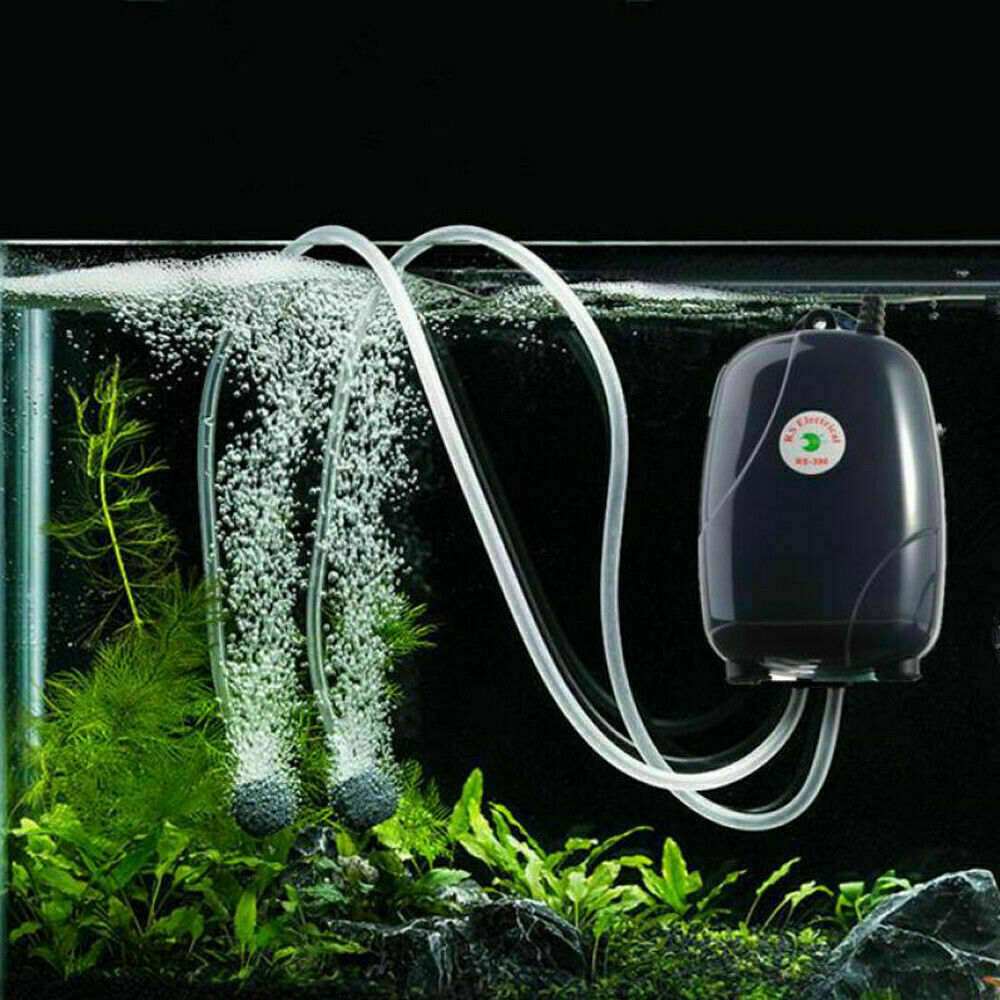Setting up a vibrant and healthy aquarium is an exciting journey into the world of aquatic life. One of the essential components of a thriving aquarium is the aquarium pump. It plays a crucial role in maintaining water quality, ensuring proper oxygenation, and creating a conducive environment for your fish and other aquatic inhabitants. In this beginner’s guide, we’ll dive into the world of aquarium pumps, helping you understand their importance and guiding you through the process of choosing the perfect one.
The Importance of an Aquarium Pump
Before we dive into choosing the perfect aquarium pump, let’s first understand why it’s such a vital component of your aquatic ecosystem.
Oxygenation: Fish and other aquatic life require oxygen to survive. An aquarium pump helps in the exchange of gases, ensuring that there’s a constant supply of oxygen for your underwater buddies.
Water Circulation: Proper water circulation is crucial for maintaining consistent water temperature and distributing nutrients throughout the tank. It also prevents the formation of stagnant areas where harmful bacteria can thrive.
Filtration: Many aquarium pumps are equipped with built-in filters or work in conjunction with external filters. These filters remove impurities, toxins, and excess waste from the water, keeping it clean and healthy.
Aesthetic Appeal: Beyond functionality, aquarium pumps can create captivating water features like bubbling streams or cascading waterfalls, enhancing the visual appeal of your aquarium.

Choosing the Perfect Aquarium Pump
Now that we understand the significance of an aquarium pump let’s explore the key factors to consider when choosing the perfect one for your setup.
Tank Size: It’s essential to match the pump’s capacity to the size of your aquarium. A pump that’s too powerful for a small tank can create strong currents that stress your fish, while an underpowered pump won’t provide adequate oxygenation for larger tanks. A general rule of thumb is to ensure that the pump can circulate the entire volume of your tank’s water at least 3-5 times per hour. Calculate your tank’s volume (length x width x height) to determine the minimum flow rate required.
Flow Rate: The flow rate is measured in gallons per hour (GPH) or liters per hour (LPH). As mentioned earlier, aim for a flow rate that circulates your tank’s volume 3-5 times per hour. Consider the specific needs of your fish and plants. Some species prefer calm waters, while others thrive in stronger currents.
Head Pressure: Head pressure refers to the pump’s ability to push water vertically or through tubing. If you have a tall or complex setup with a lot of tubing or accessories, you’ll need a pump with higher head pressure.
Noise Level: The noise level of your aquarium pump can significantly impact your enjoyment of the tank. Submersible pumps tend to be quieter, while external pumps may produce more noise. Look for pumps with noise-reducing features or consider placing the pump in a cabinet or soundproofing the area around it.
Energy Efficiency: Consider the long-term operating costs of your aquarium pump. Energy-efficient models can save you money on electricity bills. Look for pumps with energy-saving features like adjustable flow rates and timers.
Durability and Reliability: Invest in a high-quality pump that’s built to last. Look for models from reputable manufacturers with good reviews and warranties. Regular maintenance, such as cleaning the pump and changing filters, will also extend its lifespan.
Additional Features: Some pumps come with additional features like variable flow control, built-in UV sterilizers, and temperature control. These can be beneficial depending on your specific needs. Choose features that enhance the overall health and maintenance of your aquarium.
Conclusion
Choosing the perfect aquarium pump is a critical step in creating a healthy and vibrant aquatic environment for your fish and plants. Consider the size of your tank, your specific needs, and the features that enhance your aquarium’s overall well-being. At AquaTee’s Fishland, we’re committed to helping you make informed decisions for your underwater world. By following this beginner’s guide and our expert recommendations, you’ll be well on your way to creating a stunning and thriving aquarium that you can enjoy for years to come.
